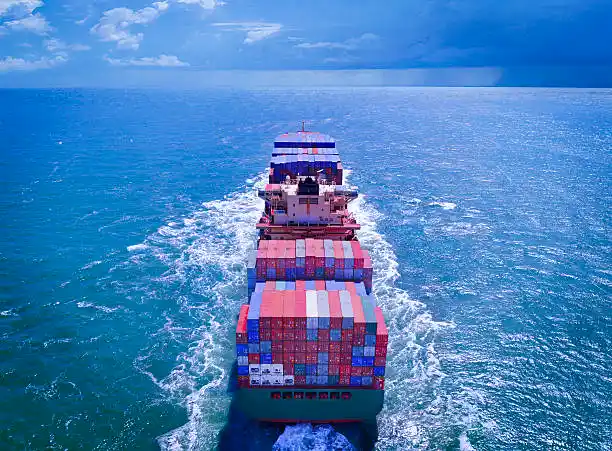Export
Barman Tarabar Company, as one of the pioneers in the international transportation industry, with an experienced and expert team, provides export services from the time of receiving the cargo to its delivery to the final destination in the best possible way, and all stages of delivery of your goods with Full accuracy and the most advanced technologies are followed.
Our export services include providing specialized advice in the field of documents and customs affairs, proper packaging of cargos, safe and fast transportation using the best means of transportation with maximum quality, as well as accurate and intelligent tracking of cargos until reaching the final destination.
Guaranteeing the quality and safety of transporting your goods is our priority. Using our extensive network of reliable offices in Turkey and Dubai and other countries around the world, we are able to provide export services to all parts of the world.
With Barman Tarabar Company, you can be sure that your export is in our professional and expert hands.
Contact number: +98 930 533 50 20
Interior 340

